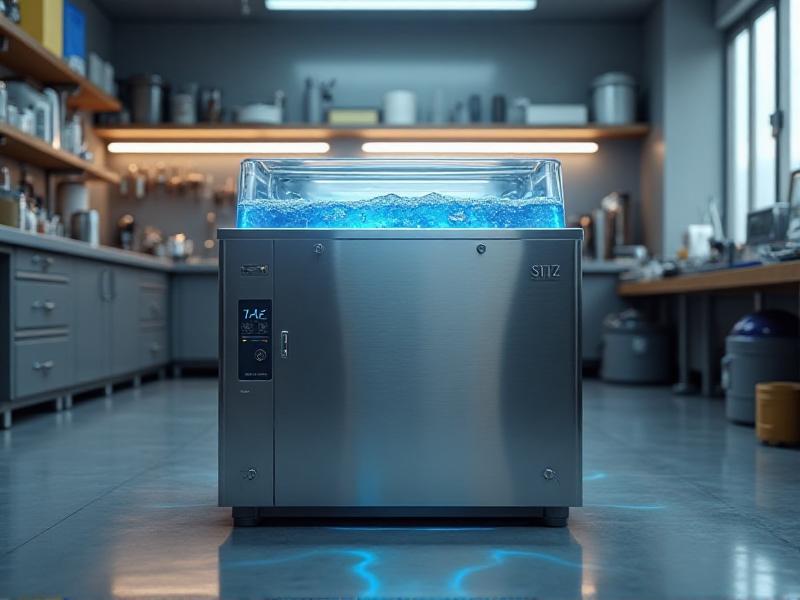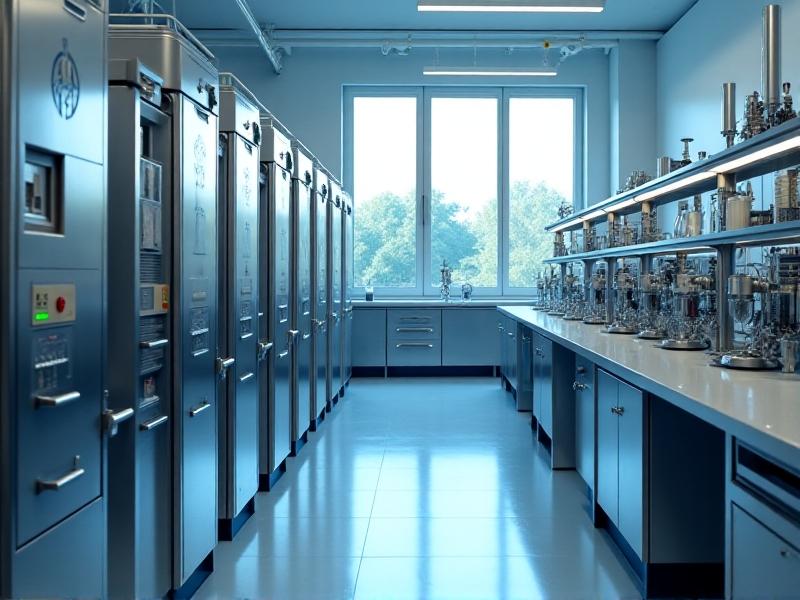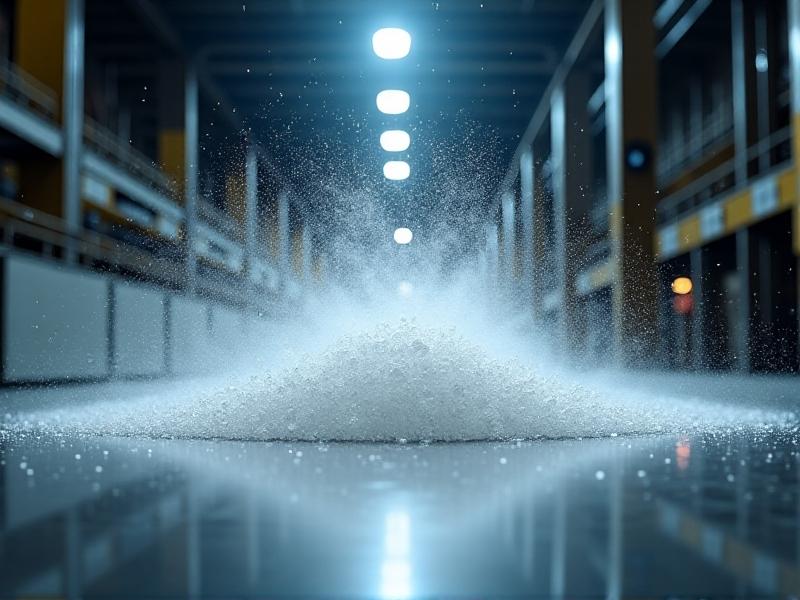Electrolytic Tank Setup for Large Anvils
Introduction to Electrolytic Tank Setup for Large Anvils
Electrolytic tank setups are a fascinating and essential component in the world of metalworking, particularly when dealing with large anvils. These setups are used to clean, restore, and maintain the integrity of metal surfaces, ensuring they remain in optimal condition for years to come. In this article, we will delve into the intricacies of setting up an electrolytic tank specifically designed for large anvils. From understanding the basic principles to the step-by-step setup process, we’ll cover everything you need to know to get started.
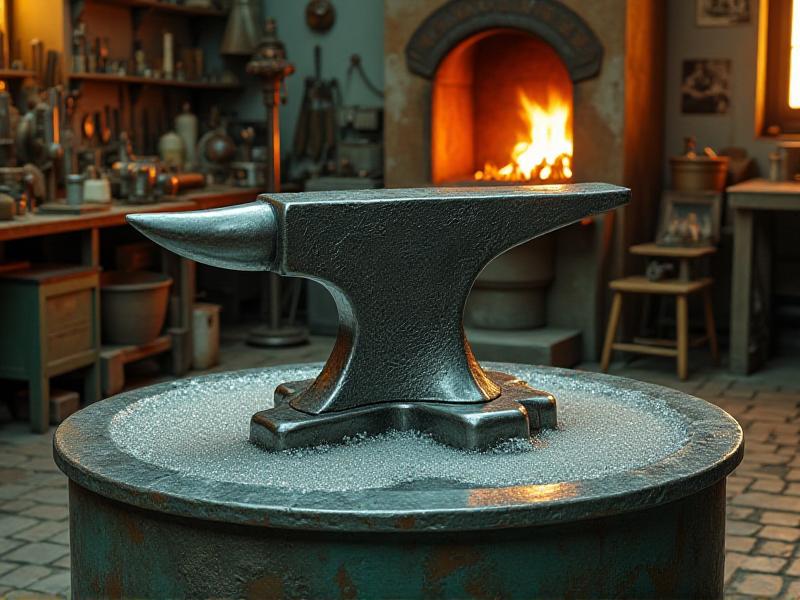
Understanding the Basics of Electrolysis
Before diving into the setup, it’s crucial to grasp the fundamental principles of electrolysis. Electrolysis is a chemical process that uses an electric current to drive a non-spontaneous chemical reaction. In the context of metalworking, it’s primarily used for rust removal and surface cleaning. The process involves immersing the metal object (in this case, a large anvil) in an electrolyte solution and passing an electric current through it. This causes the rust and other contaminants to break away from the metal surface, leaving it clean and restored.
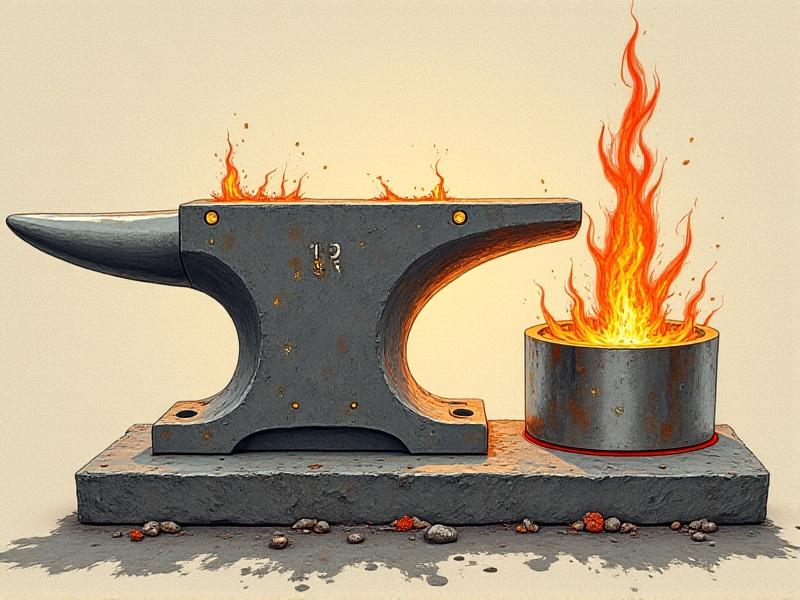
Essential Components of an Electrolytic Tank
Setting up an electrolytic tank for large anvils requires several key components. These include a sturdy container large enough to accommodate the anvil, an electrolyte solution (typically a mixture of water and washing soda), a power supply (such as a battery charger), and sacrificial electrodes (usually made of steel or graphite). Additionally, you’ll need safety equipment like gloves and goggles to protect yourself during the process. Each component plays a vital role in ensuring the electrolysis process is effective and safe.
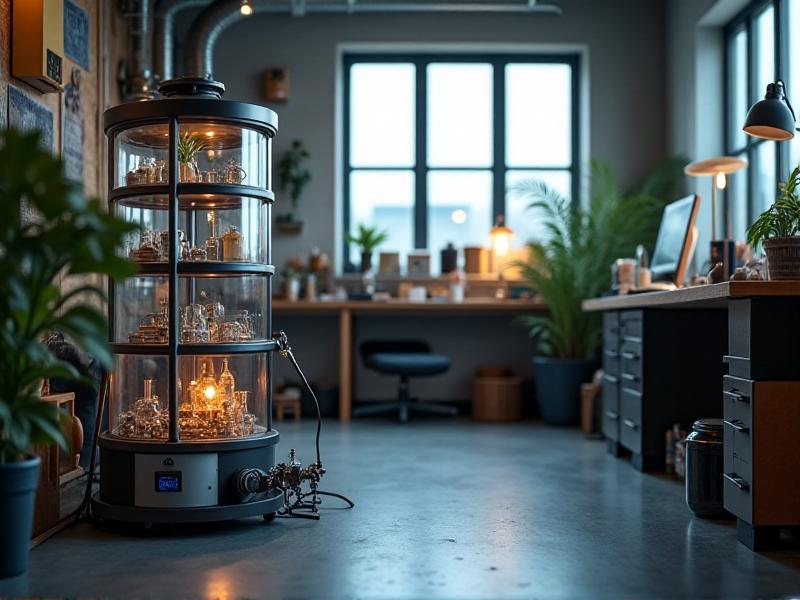
Step-by-Step Guide to Setting Up the Tank
Setting up an electrolytic tank for a large anvil involves several steps. First, choose a container that’s large enough to fully submerge the anvil. Next, prepare the electrolyte solution by dissolving washing soda in water. Place the sacrificial electrodes in the tank and connect them to the power supply. Carefully submerge the anvil in the solution, ensuring it doesn’t touch the electrodes. Finally, turn on the power supply and monitor the process, which can take several hours to complete. Regularly check the progress and adjust the setup as needed.
Safety Precautions and Best Practices
Safety is paramount when working with electrolytic tanks. Always wear protective gear, including gloves and goggles, to shield yourself from potential hazards. Ensure the workspace is well-ventilated to avoid inhaling any fumes produced during the process. Keep the power supply away from water to prevent electrical accidents. Additionally, regularly inspect the setup for any signs of wear or damage, and replace components as necessary. Following these safety precautions and best practices will help ensure a smooth and safe electrolysis process.
Maintaining and Troubleshooting Your Electrolytic Tank
Proper maintenance of your electrolytic tank is essential for its longevity and effectiveness. After each use, clean the tank and electrodes to remove any residue. Regularly check the electrolyte solution and replace it if it becomes too contaminated. If you encounter issues such as a slow or ineffective electrolysis process, troubleshoot by checking the connections, ensuring the electrodes are in good condition, and verifying the power supply is functioning correctly. By maintaining and troubleshooting your setup, you can ensure it remains in optimal working condition.
Applications and Benefits of Electrolytic Tank Setup for Large Anvils
Electrolytic tank setups offer numerous benefits for large anvils and other metal objects. They provide an effective method for rust removal and surface cleaning, extending the lifespan of the anvil. This process is also environmentally friendly, as it uses non-toxic electrolyte solutions and doesn’t produce harmful chemicals. Additionally, electrolysis can restore the original appearance of the anvil, making it look as good as new. Whether you’re a professional blacksmith or a hobbyist, an electrolytic tank setup is a valuable tool in your metalworking arsenal.
Advanced Techniques and Tips for Optimal Results
For those looking to achieve even better results with their electrolytic tank setup, there are several advanced techniques and tips to consider. Experiment with different electrolyte concentrations to find the optimal mixture for your specific needs. Use multiple sacrificial electrodes to increase the efficiency of the process. Additionally, consider using a variable power supply to control the intensity of the electric current. By implementing these advanced techniques and tips, you can enhance the effectiveness of your electrolytic tank and achieve superior results.
Real-World Examples and Case Studies
To further illustrate the effectiveness of electrolytic tank setups for large anvils, let’s explore some real-world examples and case studies. One notable case involves a blacksmith who restored a century-old anvil using an electrolytic tank, bringing it back to its former glory. Another example is a metalworking shop that implemented electrolysis as a standard practice for maintaining their tools and equipment, resulting in significant cost savings and improved efficiency. These real-world examples demonstrate the practical applications and benefits of electrolytic tank setups in various settings.
Future Trends and Innovations in Electrolytic Tank Technology
As technology continues to advance, so does the field of electrolytic tank setups. Emerging trends include the development of more efficient and eco-friendly electrolyte solutions, the integration of smart technology for automated monitoring and control, and the use of advanced materials for sacrificial electrodes. These innovations promise to make the electrolysis process even more effective, efficient, and accessible to a wider range of users. By staying informed about these future trends, you can ensure you’re always at the forefront of metalworking technology.
Conclusion: The Importance of Electrolytic Tank Setup for Large Anvils
In summary, setting up an electrolytic tank for large anvils is a valuable practice for any metalworker. It offers an effective, environmentally friendly, and cost-efficient method for rust removal and surface cleaning. By understanding the basics, following a step-by-step setup guide, and adhering to safety precautions, you can ensure a successful electrolysis process. With proper maintenance and the implementation of advanced techniques, you can achieve optimal results and extend the lifespan of your anvils. As technology continues to evolve, staying informed about future trends will help you remain at the cutting edge of metalworking innovation.



